Duel purpose
Apart from providing highly nutritional and delicious fruit, some berry plants can be used as a natural hedge to improve privacy and security. Some taller growing berry types can even be used as a windbreak.
Raspberry and blackberry hedges
Some blackberry and black raspberry varieties are semi-self-supporting and can grow 3m+ in just one year. If planted approximately 1m apart, they will quickly grow to become a thick hedge. Most of the 12 cultivated blackberry varieties that Berries For Africa grows are thornless, making them easier to work with. Still, thorny varieties are also available which can be used to create a fruiting hedge that can also be used for security as it would be almost impossible to climb through.
Some of the more trailing berry types such as tayberry, youngberry and some of the thornless, but trailing blackberry varieties can be used to grow along a fence or even other shrubs.

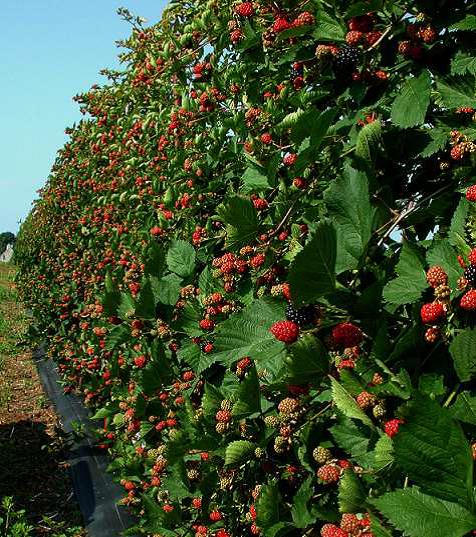
Raspberry plants can be used for privacy or esthetic purposes to make a hedge that grows about 1.6 to 1.9m high, depending on the raspberry variety. Red, yellow black and purple colored raspberry types are available as well as many different cultivars for commercial plantings.


Elderberry as a windbreak
Elderberry plants are hardy and can grow in most climates and soil types. Some varieties are non-poisonous and can grow to 9m tall, making them ideal to be used as windbreaks in areas such as the Eastern and Western Cape areas in South Africa where strong winds are frequent. More about using elderberry as a windbreak can be read here in the Berries For Africa website blog section.
Blueberry hedge
Beautiful blueberry hedges can be formed if blueberry plants are planted about 60cm to 75cm apart depending on the variety and desired thickness of the hedge. Most blueberry varieties grow to 1.6 to 1.9m tall, but some can even grow 3.2m tall. Hard pruning them back to around 1m tall will promote a wider and thicker bush that should grow to 1.8m tall and bear abundance of fruit.
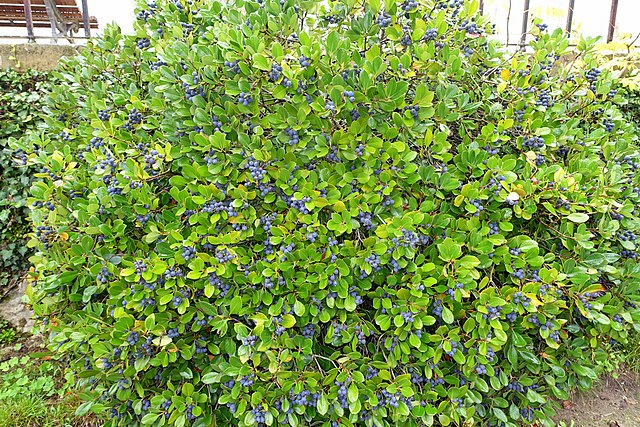
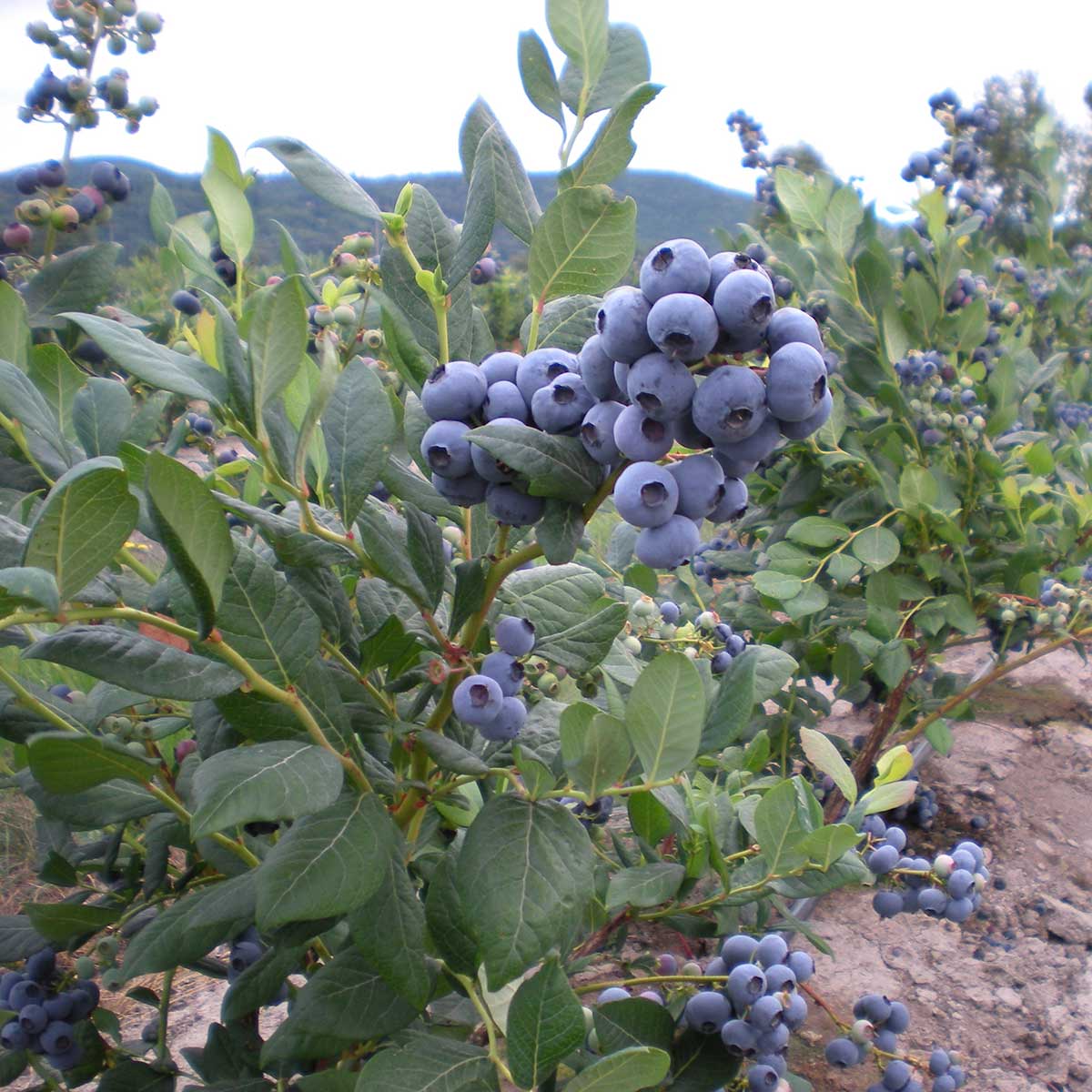
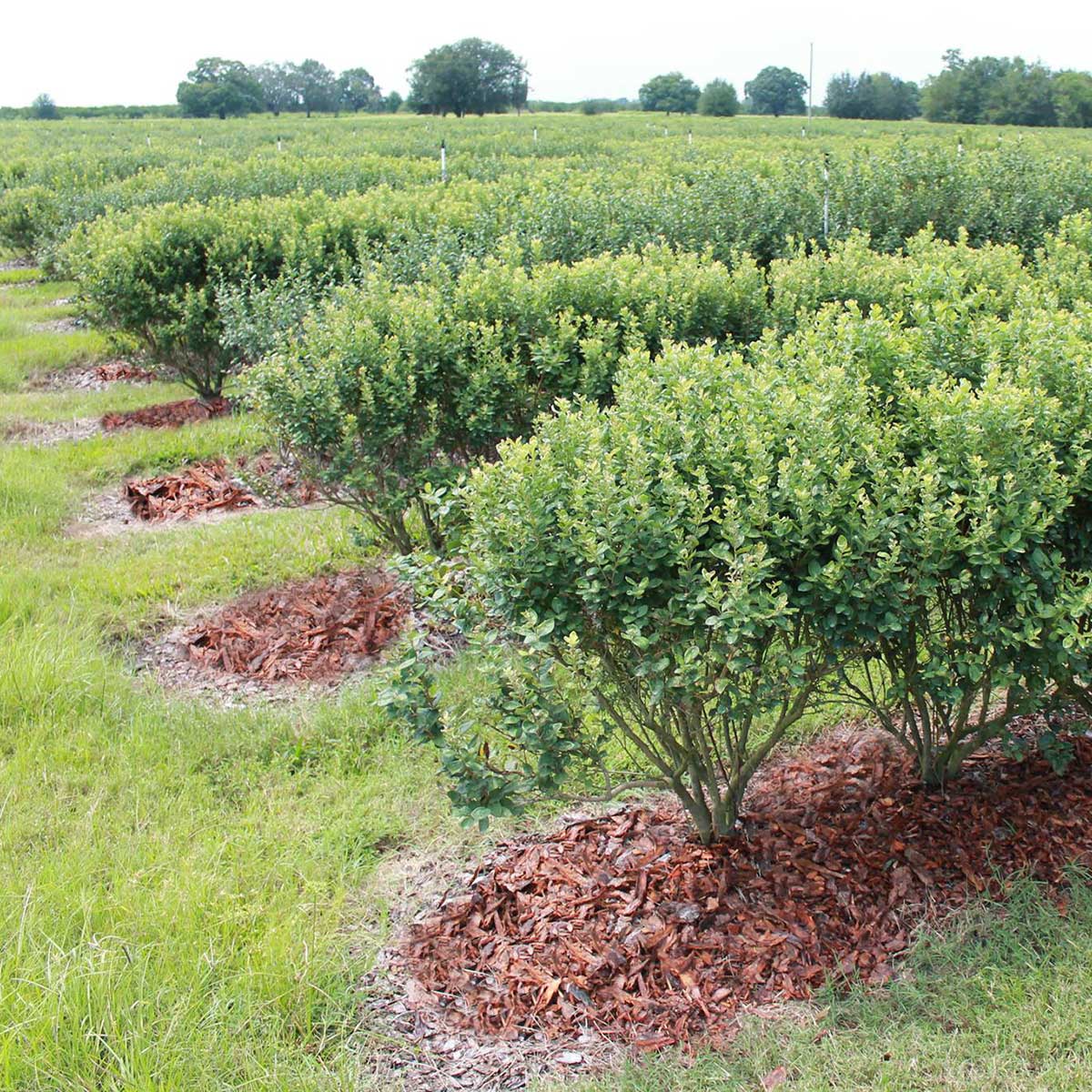
Goji berry as a superfood hedge
The goji berry is a fast-growing plant that needs to be trellised or staked, especially during the first two to three years. A normal one or two-wire fence works to keep the somewhat rambling plant upwards while its main branch matures. Long (2m+) pine or bamboo stakes can be used to keep the younger goji berry upright until it matures. The goji berry also has spiky thorns that will prevent some animals and intruders from getting through the hedge when the plants are planted close to each other for example 50cm to 100cm apart in a row.


Examples of the fruits
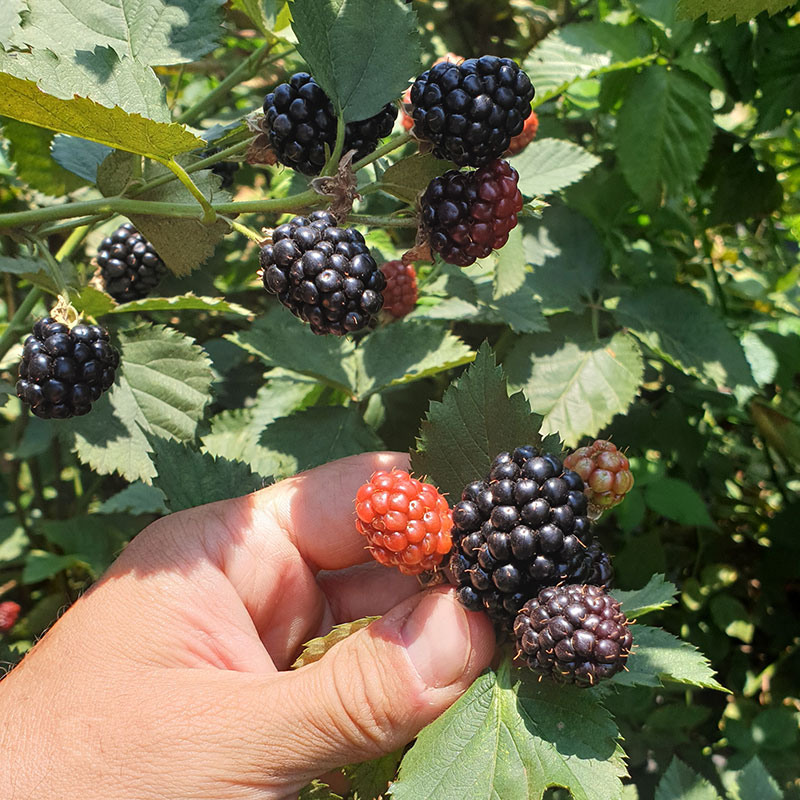

Blackberry fruit on hedge
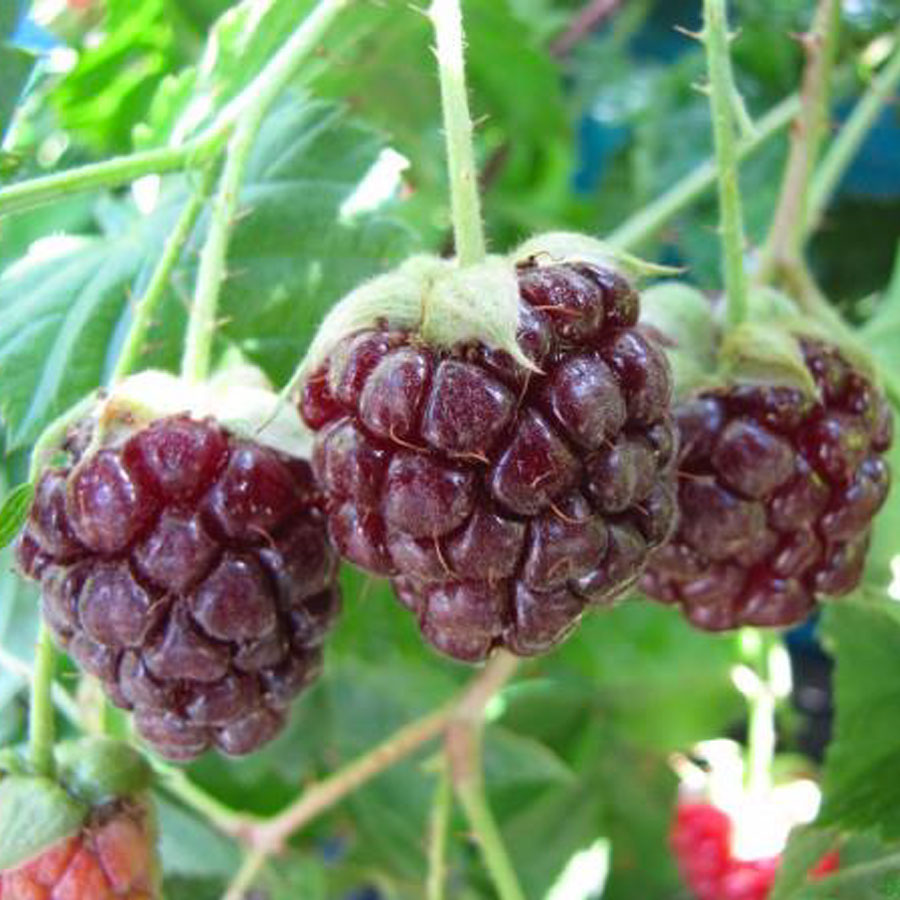
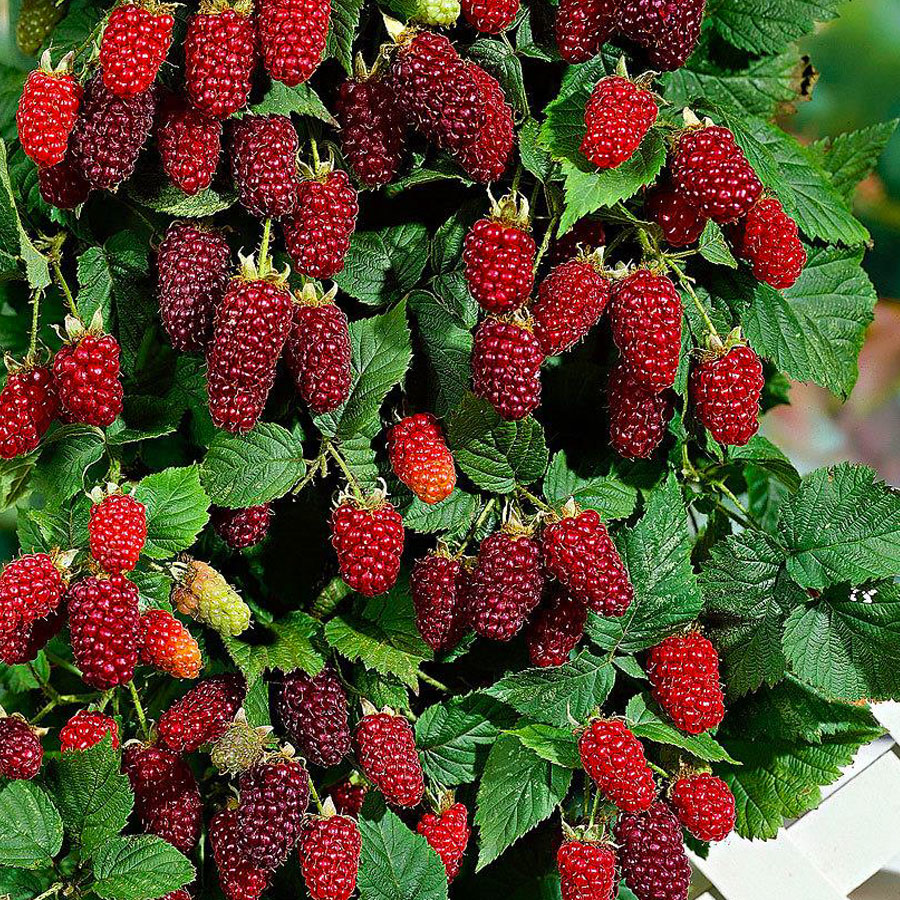
Youngberry hedge
A small Tayberry hedge. No, not a mulberry as you might have thought..




Raspberry
Cape Gooseberry Variety: Giant



